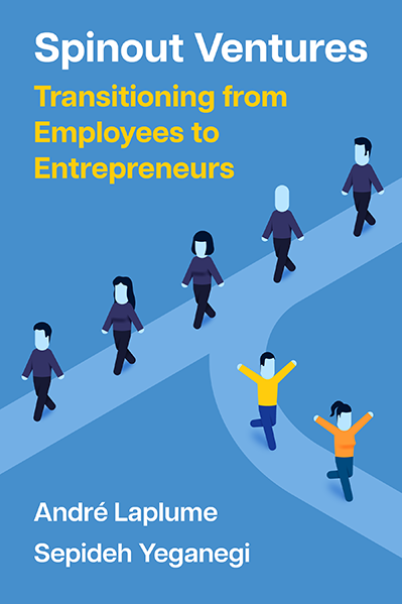Born Global Startups
Born global startups are ventures that start thinking and acting globally in their early stages of development, which utilize international markets and resources to scale their growth. Attention to born global startups comes from a stream of theory and research that examines how startups rapidly internationalize their new ventures (Knight and Cavusgil, 2004). Traditionally, entrepreneurs would focus on domestic markets first and then pursue internationalization gradually as they develop the requisite skills through trial and error. Modern advances in internet technologies, global talent flows, and international supply chains have substantially lowered the cost for entrepreneurs to internationalize (McCormick & Somaya, 2020). They have also made it possible for startups to address global markets from the very beginning of their existence. Entrepreneurs can now bypass many of their home-country constraints such as government inefficiencies and physical location (McCormick & Somay...

